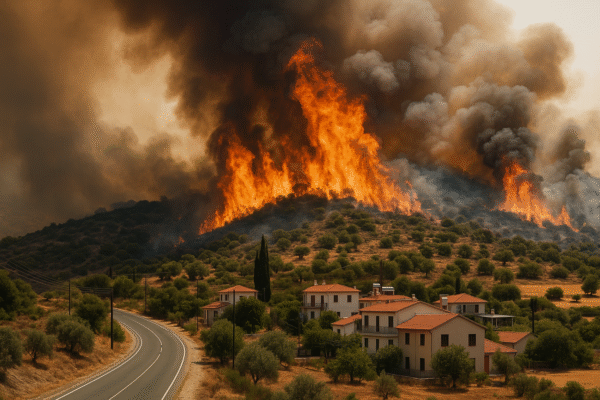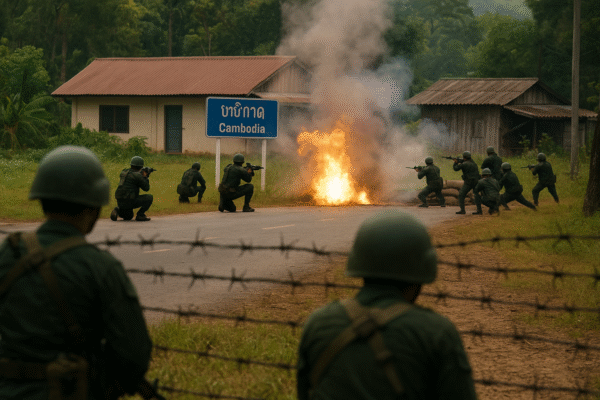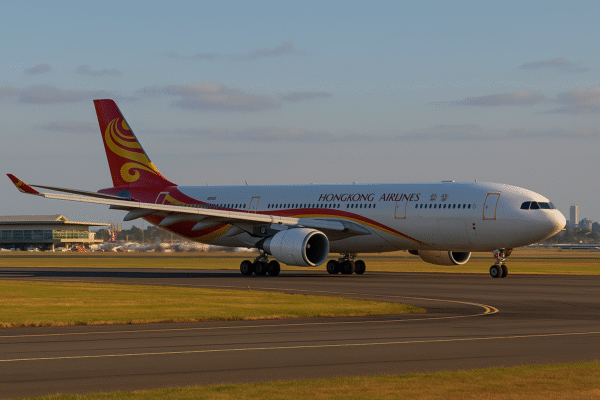Australia’s Department of Foreign Affairs and Trade (DFAT) has updated its official travel advisory, urging citizens to exercise a “high degree of caution” in several countries including Brazil, the Philippines, India, Indonesia, and Ecuador. These updates come in response to escalating threats from violent crime, terrorism, civil unrest, and natural disasters, posing heightened risks to international travelers.
As part of its Smart Traveller program, DFAT advises Australians to closely monitor developments in each destination, register with local embassies when possible, and follow local safety instructions. Here’s a detailed breakdown of each country’s security and travel situation.
🇧🇷 Brazil: Violent Crime and Unpredictable Weather
Brazil, known for its vibrant festivals and stunning natural beauty, is flagged for persistent urban crime. Cities like Rio de Janeiro, São Paulo, and Salvador report frequent armed robberies, muggings, and carjackings, especially after dark and in favelas.
The DFAT advisory specifically warns against visiting isolated beaches and informal settlements—even with tour guides—as these areas are often hotspots for criminal activity. Tourists are urged to remain in well-lit, populated areas and avoid displaying valuables.
Brazil’s wet season (November to July) further complicates travel, with frequent landslides, flooding, and flight delays caused by intense rain and storms, particularly in the southeastern and Amazon regions.
🇵🇭 Philippines: Terror Threats and Southern Conflict Zones
The Philippines remains under an elevated risk advisory due to terrorist threats, violent crime, and civil unrest. While popular destinations like Boracay and Cebu are generally safe, areas in Mindanao, the Zamboanga Peninsula, and the Sulu Archipelago are considered high-risk.
Recent attacks in Marawi City have reinforced concerns about militant activity. The advisory urges travelers to avoid crowded public spaces, such as malls and religious sites, which have been previous targets.
In cities like Manila, petty crimes—from pickpocketing to ATM fraud—are common. Demonstrations and protests also occur frequently, sometimes turning violent. DFAT strongly advises avoiding political gatherings and closely following local news.
🇮🇳 India: Regional Tensions, Crime, and Weather Disruptions
India’s travel advisory remains at a heightened caution level due to terrorism, political instability, and sexual assault concerns. High-risk zones include Jammu & Kashmir, the India-Pakistan border, and Manipur, where armed conflict and military operations continue.
Major cities like Delhi and Mumbai see regular incidents of sexual harassment, armed theft, and drink spiking, especially targeting solo and female travelers. Tourists are advised to avoid isolated areas, pre-arrange transportation, and never leave food or drinks unattended.
The monsoon season (June–September) also brings flooding, heatwaves, and dust storms, disrupting road and rail networks. Travelers should consult the Indian Meteorological Department and local news sources before moving between regions.
🇮🇩 Indonesia: Volcanic Eruptions, Crime, and Ferry Risks
Indonesia, especially tourist-frequented islands like Bali, Lombok, and Java, faces dual threats from terrorism and natural disasters. The archipelago’s numerous active volcanoes—including Mount Merapi and Mount Semeru—can erupt with little warning, affecting flights and evacuation routes.
Terrorism remains a threat, with previous attacks targeting nightclubs and foreign hotels. Travelers should avoid areas marked by security advisories and respect exclusion zones around volcanoes.
Urban theft, methanol-laced alcohol, and boat safety are other key concerns. Ferry accidents involving poorly maintained vessels continue to injure foreign tourists. DFAT recommends using reputable tour operators and avoiding public transport during peak travel periods.
🇪🇨 Ecuador: Drug Violence, Border Conflicts, and Protests
In Ecuador, DFAT warns travelers of drug cartel activity, violent crime, and armed conflict near the Colombian border. A state of emergency is currently active in several coastal provinces due to rising gang violence.
The travel advisory urges tourists to avoid non-essential travel within 20 kilometers of the Colombia border, except at official crossings like Tulcán. Incidents of kidnapping, armed robbery, and assault are prevalent in isolated or poorly policed areas.
Additionally, volcanic eruptions, earthquakes, and landslides are common, especially in the Andes and Amazon regions. The Geophysical Institute of Ecuador offers real-time updates on seismic activity, and travelers should download local emergency alert apps.
Global Safety Recommendations
In addition to country-specific risks, DFAT emphasizes the importance of travel insurance, health coverage, and emergency planning. Travelers are encouraged to:
- Register with Smart Traveller
- Avoid large gatherings and political demonstrations
- Carry multiple copies of important documents
- Keep emergency contacts and embassy details handy
The broader message from Australia’s updated advisory is one of situational awareness, preparation, and flexibility. While many of these destinations remain popular among adventure seekers and cultural travelers, increased risks mean careful planning is essential.
Conclusion:
Australia’s new travel guidance underscores the importance of personal responsibility and up-to-date research when visiting countries with evolving safety risks. By staying informed and cautious, travelers can still enjoy rich cultural experiences while minimizing exposure to danger.
For more travel news like this, keep reading Global Travel Wire






















